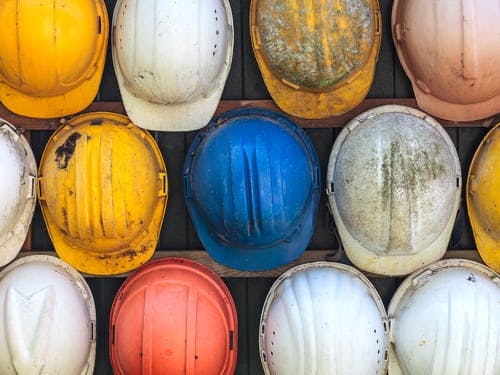Risks and hazards exist in all workplaces, and managing them is vital to address the health and safety requirements of your business.
Not only from a compliance perspective, but also from a self preservation point of view. Imagine this, you have mortgaged the house, begged, borrowed and stolen funds from your family and friends, worked your backside off for what seems like 24 hours a day for an eternity, all to build your exciting new profitable business. Then out of the blue, a staff member is seriously injured!
A hazard is a potential source of harm, and a risk is a judgment on the potential consequence of a hazard. Generally when making a judgment about a hazardous situation, the likelihood, consequence and exposure to the hazard is considered to prevent further incidents.
Effective risk and hazard management has to be an active collaboration between internal and external stakeholders at each step of the process. By approaching it with a focus on consultation rather than a one way flow of communication, you establish a mutual understanding.
WorkSafe Victoria encourages medium businesses to integrate safety into their business management systems, to ensure they practice prevention rather than reaction, and gain commitment from owners/directors to the process.
Often owners and directors are unaware that systematic prevention based health and safety management and promotion leads to reduced WorkCover premiums, and many other cost reductions.
However, many people feel that safety management systems are too complex for the medium segment; they want the cost reductions, but not the complexity that comes with it. This is why the “Seven Pillars of Safety” has been developed.
The sixth pillar “Hazard Management” ensures hazards are identified and risks controlled in a systematic way using the hierarchy of control. A workplace free of unacceptable risk is a happier and more productive workplace.
So how does your workplace measure up?
Area: Hazard Identification
What to look for:
- Hazard ID plan
Expected practice:
- Plan established and reviewed regularly
- Responsibility assigned to managers
- Data recorded from inspections collated and analysed by adequately trained staff
- Summary data reported to director level
Unacceptable practice:
- No plan
Area: Consultation over hazard control
What to look for:
- Documented evidence that consultation occurs
Expected practice:
- Risk assessment policy and procedures detail consultation processes
- Workers (preferably with the HSR), supervisors and managers in work areas involved in consultation
- Relevant control processes implemented
Unacceptable practice:
- No consultation
Area: Risk Control
What to look for:
- Effective investigation
Expected practice:
- Risk assessments carried out and designed to foresee all potential risks
- Risk assessments prioritised over work procedures
- Standing budget assigned for hazard control and expenditure actively supported by owner / director
- Hierarchy of control applied by qualified personnel or advice sought from a certified OHS professional
- Person appointed to implement control by an agreed timeline
- Qualified person ensures control is effective by agreed time
At Work Safety Hub, we use the seven pillars as a guideline when developing sustainable protection systems for our clients. Businesses now have a much simpler view and understanding of their roles and responsibilities.

